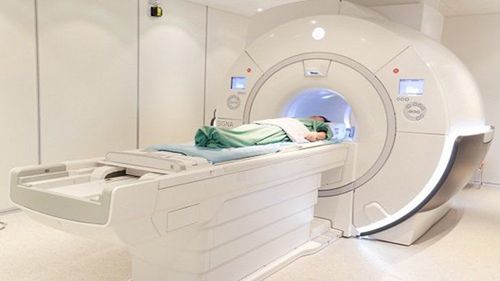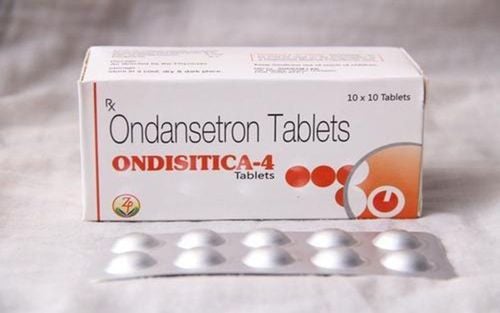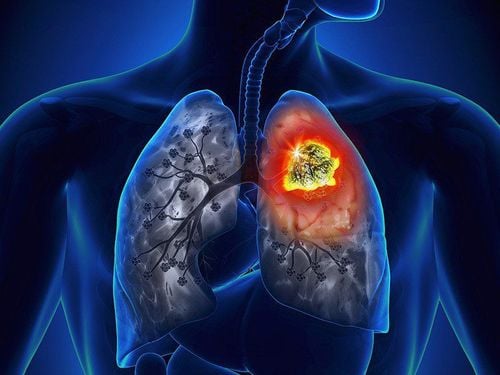This is an automatically translated article.
The article was professionally consulted by Doctor Do Tuong Huan - Oncology Center - Vinmec Central Park International General Hospital
Recurrence of cancer is a condition in which cancer cells recur again after the patient has finished treatment, the tumor is no longer detected in the body for a while.
1. Types of cancer that recur
There are different types of cancer recurrence, including:
Local recurrence: Cancer cells recur in the same place where they started; Regional recurrence: Cancer cells come back in the lymph nodes near the site where the old one existed; Distant recurrence: Cancer cells reappear in another part of the body far away from where they were before, usually the lungs, liver, bones, or brain. If cancer is found in the body again after the patient has completed treatment, the doctors will conduct tests to see if it is a new type of cancer or a recurrence of a previous cancer. For each patient with cancer recurrence, doctors will monitor and communicate specifically about the type of recurrence they are experiencing, and provide treatment options as well as the patient's outlook. prognosis).
Trắc nghiệm: Thử hiểu biết của bạn về bệnh ung thư
Ung thư là nguyên nhân gây tử vong hàng thứ 2 trên thế giới. Thử sức cùng bài trắc nghiệm sau đây sẽ giúp bạn có thêm kiến thức về yếu tố nguy cơ cũng như cách phòng ngừa bệnh ung thư.
Bài dịch từ: webmd.com
2. Recurrence and new cancer
However, the disease still retains its old name if the cancer has recurred and has spread to a new part of the body. For example, prostate cancer can come back in the area of the prostate (even if the gland has been removed), or recur in the bone. In both cases these are referred to as recurrent prostate cancer. In addition, cancer cells that recur in the bone are still treated like prostate cancer.
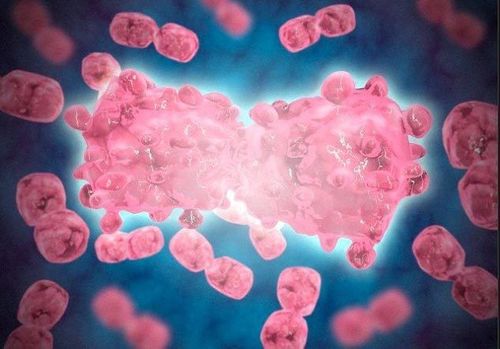
Take for example a case of a patient who had been treated for colon (colorectal) cancer in complete remission, without any symptoms for a while. However, the doctor later found a tumor in the man's liver. This is not colon cancer that has spread to the liver if tests show that the melanoma actually started in the liver cells. The patient had 2 different types of cancer, including colon cancer (which was in remission) and liver cancer (newly discovered). Therefore, the treatment of liver cancer in this case will also be different from the measures to prevent the cancer from returning in the colon.
3. Some terms
Total remission When a treatment has completely eliminated the tumors found in diagnostic tests, it is called total remission. However, this term does not mean that the cancer has been cured, just that the tests no longer find any malignant cells in the body.
Partial remission Partial remission means that the tumor has responded to treatment but has not gone away. The specific condition is that the tumor must reduce at least 50% of its original size and maintain this condition for a minimum of one month.
Cancer is under control Doctors may use the term "under control" if tests or medical scans show that cancer cells are present but have not changed over time. Under control is when the tumor has stopped growing and the patient's condition is stable. Some tumors can stop growing for a long time, even without treatment. Others stay the same size after cancer treatment and need to be watched closely to make sure they don't start to grow again.
Advanced cancer Indicates the condition in which the cancer cells have changed and grown. Most tumors are defined as advanced when they grow to 25% of baseline. Through clinical trials, doctors will tell patients how much growth or spread is in each case.
4. Cancer recurrence and advanced cancer
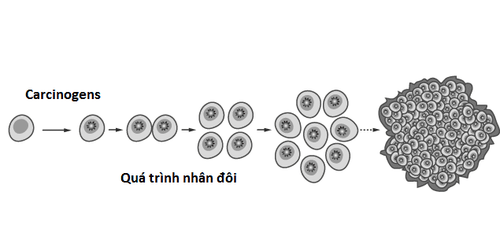
Advanced cancer is when cells spread or get worse. It is sometimes difficult to distinguish between recurrent and advanced cancer cells. For example, cancer cells come back after disappearing 3 months ago. If cancer cells are not recurred, one of two things is likely:
Cancer surgery has not removed all of the malignant cells Clusters of cancer cells are left behind. after surgery are often so small that they cannot be seen or detected through medical scanners and tests. Over time, they gradually grow and become large enough to show up on a scanner or cause symptoms in a patient. These cancer cells tend to grow and spread very quickly.
Cancer that is resistant to treatment Cancer cells can also become resistant to treatment just like bacteria that are resistant to antibiotics. At that time, chemotherapy or radiation therapy has killed most of the cancer cells, but some of them will not be affected or change to survive the treatment. These treatment-resistant cancer cells have the ability to grow and reappear.
From the time when the tumor is said to have disappeared and treatment ends to the time it reappears, the shorter the time to cancer recurrence, the more serious the situation. Although medicine does not provide a standard time to determine whether cancer cells have recurred or progressed, most doctors define a cancer recurrence as when the tumor returns after at least a year. During that time the patient did not have any symptoms.
Today's medical science is still unable to predict a person's likelihood of cancer recurrence, but cancer cells that are diagnosed as difficult to treat because of their rapid growth, advanced progression, and spread are often more likely. back more. Most cancers will recur in a typical pattern. Therefore, the patient can ask the doctor for more information about this issue.
Please dial HOTLINE for more information or register for an appointment HERE. Download MyVinmec app to make appointments faster and to manage your bookings easily.
References: cancer.org
MORE:
Cancer recurrence: Why and how? How to overcome cancer treatment fatigue The importance of pain treatment in terminal cancer






